When you need PCBs for your device, there are plenty of factors to keep in mind – and they can make a big difference to the performance and capabilities of the item its used in. Without units like these, technology doesn’t work and there’s been a lot of advances, especially in recent years, that’s changed the industry completely.
At UK Electronics, we’re on the leading edge of PCB manufacturing, meaning we use the latest practises and methods to create high quality units that deliver the results you want. That means every project has to go through a rigorous PCB design phase that takes into account different aspects to ensure a successful result.
By looking at these in advance, any project can be made quicker and more efficient. This sets us apart from the competition as a leading provider of PCB Assembly in the UK, and by ensuring we have a reliable PCB prototyping service, every component functions as expected. This means your device will perform and deliver the results you want.
The materials used
PCBs can be made from a number of different materials, and this has an effect on the cost and performance of each unit. This is why its important to know what your PCBs are going to be used with and what you expect from them. With this information, you can discover the best options that provide the effectiveness you need at a reasonable price.
Copper is a very common material used for PCB manufacturing. This is due to its conductivity, durability and price, which makes it a good choice for a wide number of designs and uses. Aluminium is another option and is fantastic for thermal dissipation, which improves performance by dispersing heat and keeping other elements of the unit cool.
There are other materials out there, and more to choose from than the foundation of the PCB you’re after, with different elements able to be made with a number of materials. Our experts will help you find the best choices for your needs.
The thickness of each PCB
PCBs vary in thickness, and this is also dependent on what you plan to use the component for. Between single, double-sided and multi-layered, you have a number of choices to make. With no limitations on size, a single layered PCB will work out to be the most cost-effective option but if space is a factor, then it can be beneficial to look at the other options.
A double-sided PCB is just as it sounds – both sides are used, which increases performance and allows you to work with a smaller design. This is useful in small devices which are increasingly common in everyday life. The multi-layered units increase this further by adding more layers, but as you might expect, the cost goes up.
Choosing the right thickness and materials is just the first step. Once your design is complete, we use our PCB prototyping to make sure it works as intended before moving on to the manufacturing of your order.
To find out more about what’s required to make your PCBs the best they can be, contact our team at UK Electronics today and let our experts lend a hand.

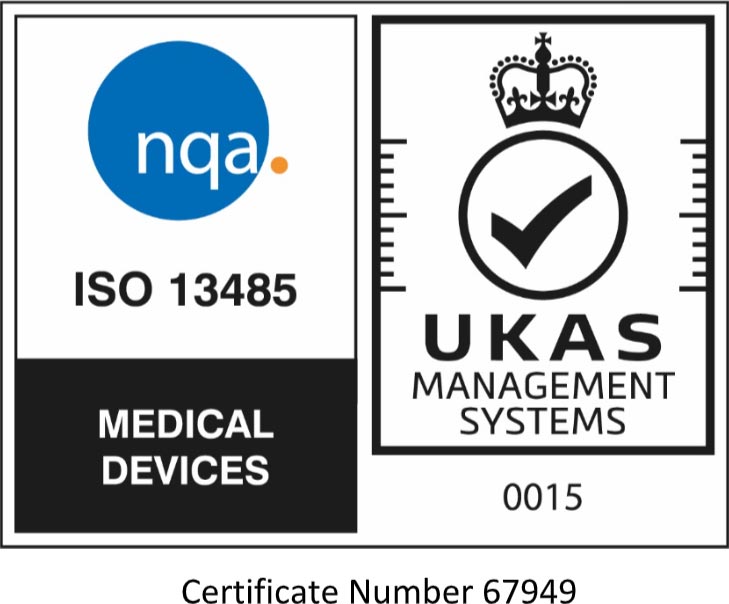
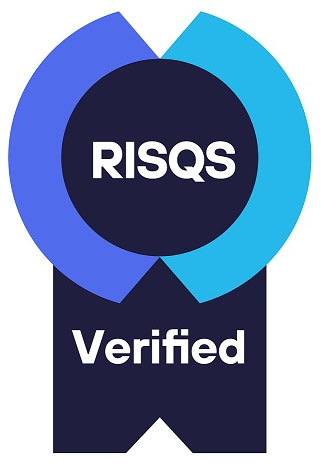




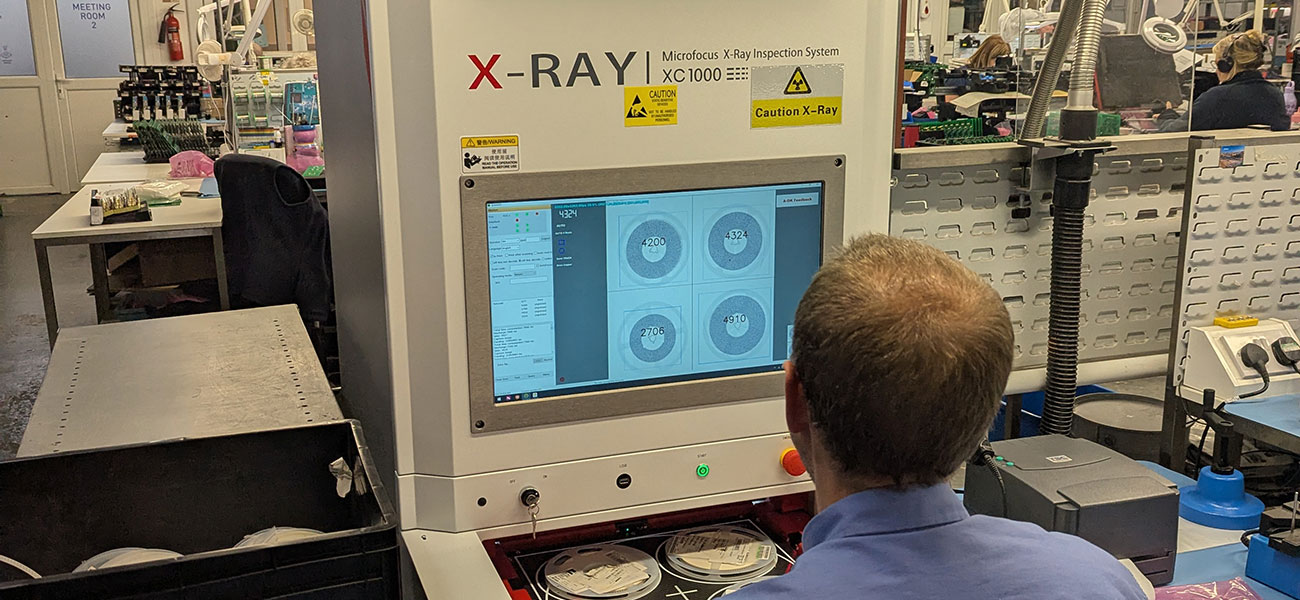
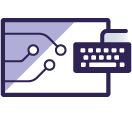 PCB Design
PCB Design 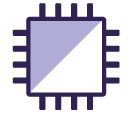 Electronic Assembly
Electronic Assembly 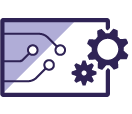 PCB Prototyping
PCB Prototyping  EMC Testing
EMC Testing 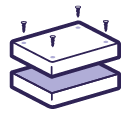 Box Build
Box Build 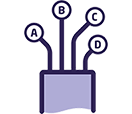 Cable Assembly
Cable Assembly